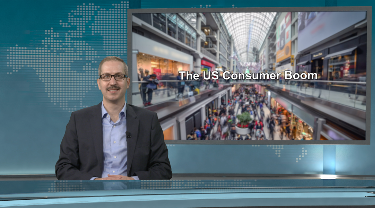Increasingly, pundits are worried about the sustainability of the situation. Businesses are complaining about the lack of skilled employees, and this is now turning into griping about the availability of regular workers. The unemployment rate seems to agree: it’s at 3.7 per cent for the second straight month, about as low as it ever gets. In fact, it is well below what economists would consider to be sustainable; that rate was thought to be in the 4.5-to-5 per cent window, and is, ahem, under revision. Then there are weekly UI claimants. That number is also crazy-low, having fallen steadily since 2009 to the current 200,000-mark. These are typical late-cycle signs – so is the party almost over?
Extremely tight standard indicators ignore one key fact. Labour force participation has been extremely low in the current cycle, suppressed no doubt by the severity of the Great Recession and the sluggish growth that persisted for many years following. Millions of workers were sidelined, a phenomenon that dulled the numbers right through 2016. At that point, without any particular policy shift or new program, the tight labour market began to draw the disaffected back in. Since then, over a million young workers have scored their first meaningful job, and after a long hiatus, the mid-career folks are also flooding back in. The best news? There are still millions more of all ages that are waiting for their chance – this could go on for some time, drawing out the labour market’s capacity to grow.





